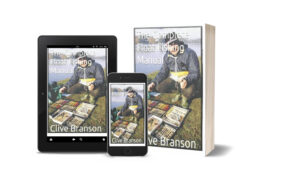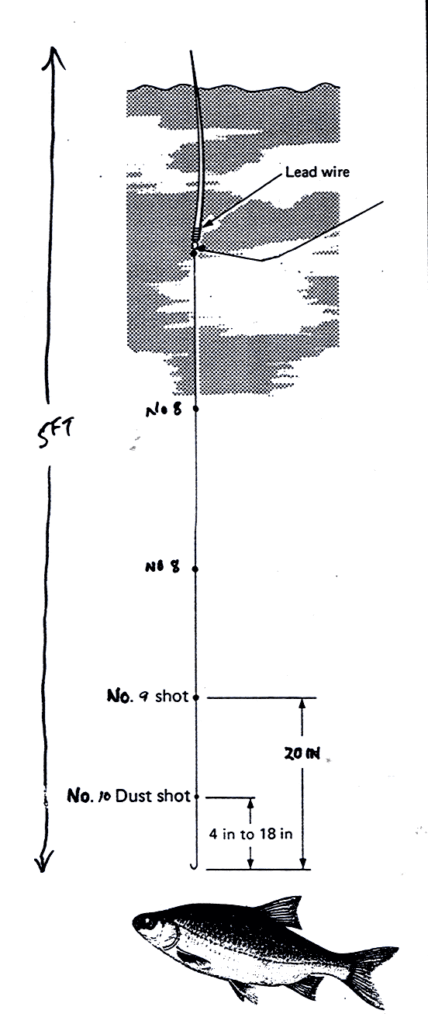THE CROW QUILL WAGGLER

Possibly the grandfather of all floats, the humble crow quill. The tapered shape make’s this natural material, for float making. It’s buoyant and yet sensitive. It’s readily available, and can be used on numerous float designs. From wagglers to avons.
Perhaps the use for the natural crow quill as a waggler have been lost in the sands of time, making way for modern materials, yet I know of modern day angler, who has used the
He has scored with so many successes using this float, he went on to win the prestigious Kammasan title, and then go on to represent his country. His name is Mike Stone From Srset. Down on the Tuanton canal he has cleaned up for a few years using this waggler in conjunction with punched bread and a whip.
This float is limited in its applications, yet when used close in for either rod or whip fishing it cant be beat. Fishing in a down stream mode, burying the line, it can prove a brilliant catching machine, very sensitive, burying it self-on a bite or rising high unmistakable with a lift bite.
The quill can also be used in conjunction with a body at its base giving another dimension to its applicat
The crow quill when used, as a waggler should in fact be a reverse crow quill, in other words the finer tip should be on the top of the float and the wider at the base. These days the float should have an eye whipped to its bases, as in old times they used rubbers, and as you can imagine the twists and tangles this occurred.
A small loaded insert is best or as I have used, a small plastic eye with a body. Shotting the float must be done with extreme care, as the taper of the float can be deceiving and with only a small number 12 shot overload. It can sink the float easily.
Using this float with a whip can be very rewarding; I have used this float with great affect on a still water pond in Neath S Wales, and have caught in five-hour matches weights of 5Olb, 64lb all golden Rudd.
Shotting this float with light number tens and twelve’s will give you one of the slowest bait presentation possible, with a quick flick of the whip or rod end, sinks the line for more wind resistance.The quill can also be used in conjunction ' with a body at its base giving another dimension to its application.

Now all the information on Kindle or Book Click on image above

Now Available The Float Manual with 167 of page content
